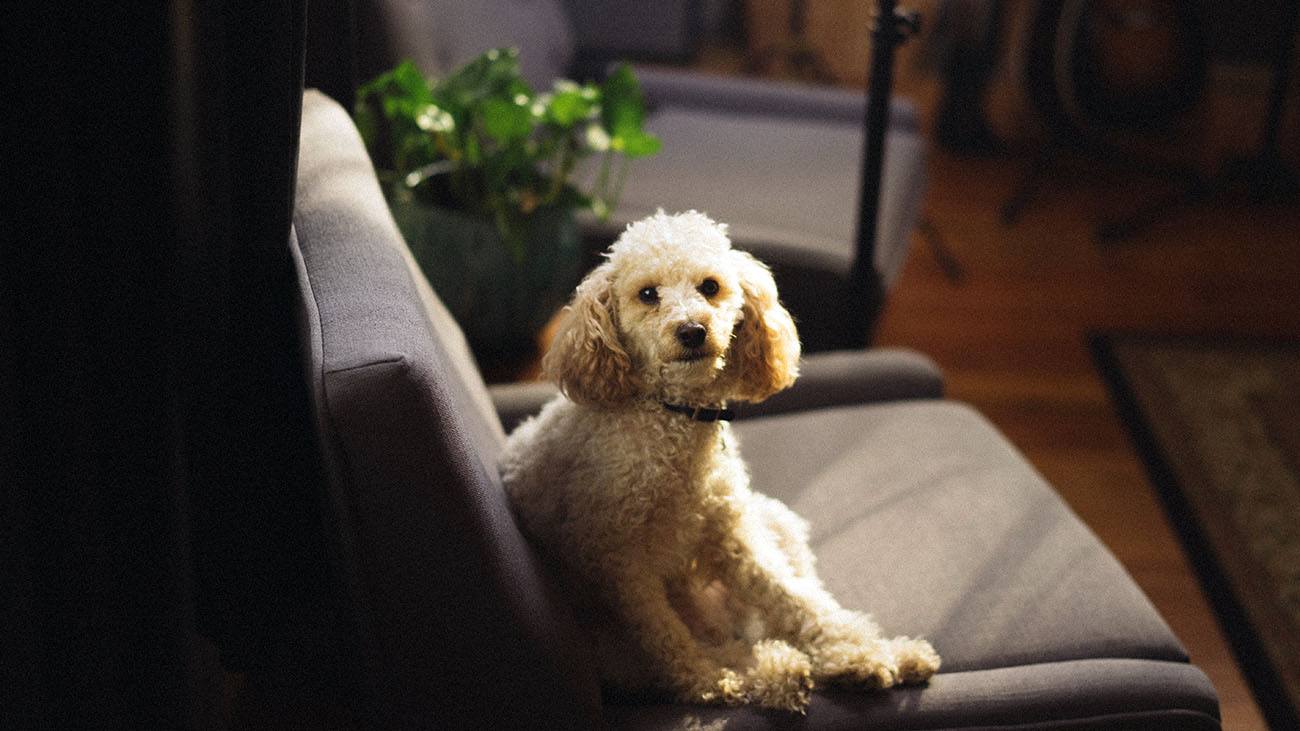How safe is your dog in your home? It’s easy to think they’re safe because they are indoors. However, you might be shocked at the quantity of potential risks that are close by.
Training helps them learn what they can and cannot do. Being with them also enables you to watch them. There are times when you’ll need to leave your dog on its own; you’ll want to be reassured they are safe while you are out. Most owners look to achieve this indoors through a combination of indoor dog gates and training.
A dog-safe zone isn’t hard to create, but it does require some thought. Let’s find out how you can create a safe space for your dog.
Which room are you going to use?

You may have a space that comes to mind – your kitchen, for example, or a spare room. A lot will depend on the design of your home. An open-plan space is harder to manage. You may wish to purchase a pen to keep them in or to create a space that is partially blocked off by a dog gate.
Consider also which room (or portion of a room) is going to present the least problems for you to create as a safe zone. Leads, cords, vegetable racks, plants, and all manner of other things should be kept out of your pet’s way. Some rooms will present more dangers than others in this sense.
If you opt for the kitchen and it has a dog flap leading into the garden, make sure the exterior of your home is safe too. Think of it as an extension of your dog’s safe zone. Make sure they cannot get out by going over a fence or digging underneath it. Dogs are resourceful – make sure you are more so!
Consider what your dog or puppy likes most
Your safe zone shouldn’t just be somewhere your dog won’t come to any harm. It should also be somewhere they will feel safe. As such, it should fulfill two purposes:
- It should be free from potential hazards
- It should feel familiar and safe for them
Your dog will provide lots of clues to help you choose a safe spot for them to relax when you’re out. Where do they like to go for some quiet time? Do they have a bed or cozy corner in a room? If you can find a spot like this and make it work as a safe zone, you’ve got the advantage of knowing your dog already likes it.
Check every inch of the space to consider potential hazards

Some hazards are more obvious than others. For example, you need to ensure all leads are out of the way. Eager puppies are often more curious than older dogs and will try and chew their way through everything they can get their paws on.
If you are confining your pet to the kitchen, make sure they cannot get inside any cupboards or access any food or drink. If they are in a bedroom, check whether any makeup, perfumes, or other items are within reach. Spend some time doing this – don’t rush it.
It’s a good idea to get down on your hands and knees too, so you are at the same eye level as your dog. It means you will spot things you might otherwise miss, such as dropped items underneath a cabinet or sofa. You may not see them when standing, but you can bet your dog will if they are walking around – especially if those items could cause them harm.
Introduce them to the space and make it comfortable for them
Don’t leave it until the last moment to introduce your dog to their safe zone. Make sure they have a bed in there and some toys to keep them occupied. It’s a great idea to introduce them to the space before you intend to leave them home alone. You could confine them to the space for 20 minutes to start with, perhaps while you’re gardening or elsewhere in the home.
Their space should also have a water bowl that cannot tip over, so they can freely drink while you are away. It’s not a good idea to leave them with any food though. Finally, add some toys you know they won’t destroy while you are gone. Work out which toys are safest to leave with your pet.
Extend the amount of time they spend in their dog-friendly safe zone leading up to the time when you’ll need to leave the home. Praise them for good behavior when you return. Remember though, adult dogs shouldn’t be left alone for longer than around four hours – six at most.
Preparation is key to creating a safe space your dog will love. By following the above steps, you’ll be well on the way to doing just that.
Did you find this article helpful?
